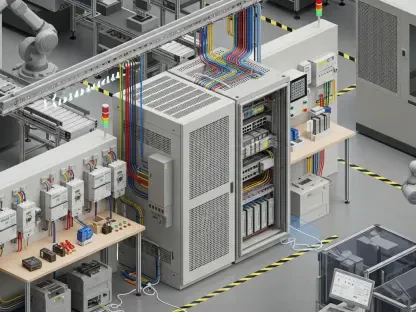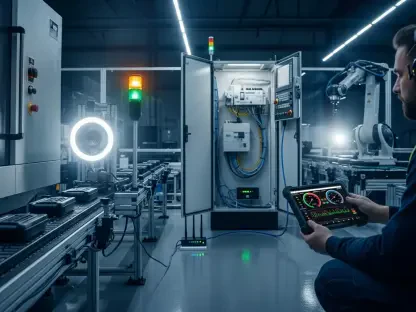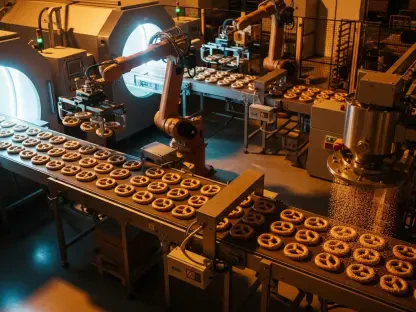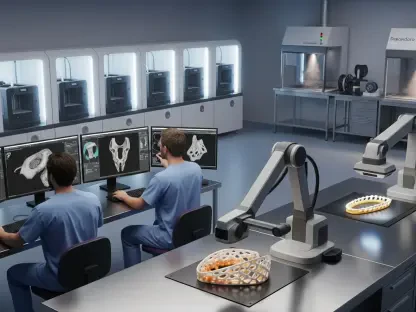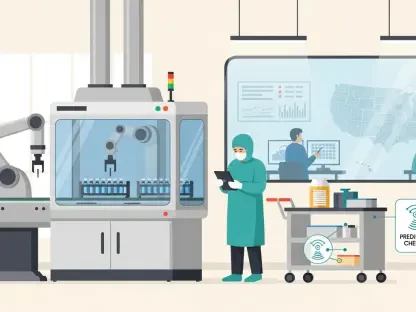The U.S. pharmaceutical industry’s vulnerability due to its reliance on overseas manufacturing came under the spotlight at a recent House Energy and Commerce Health Subcommittee meeting. As external supply chains increasingly control the production of crucial active pharmaceutical ingredients (APIs) and key starting materials (KSMs), stakeholders, including government officials and industry leaders, convened to explore how the nation can reclaim its pharmaceutical manufacturing independence. The discussions underscored the pressing concerns over national security and drug availability, driving home the need for decisive strategic actions.
The State of U.S. Pharmaceutical Manufacturing
At the core of the discussions was the recognition that the U.S. pharmaceutical sector, while advanced in many respects, has become heavily dependent on foreign entities for vital components of drug production. Detailed testimonies presented to the subcommittee highlighted how this reliance affects national preparedness, raising risks related to supply chain disruptions. Stakeholders, including prominent figures such as Ronald Piervincenzi from the U.S. Pharmacopeia, stressed that restoring domestic production capabilities is crucial for the resilience of the nation’s medicine supply chain.
Advanced manufacturing technologies emerged as a beacon of hope for reclaiming control. Innovations like continuous manufacturing and flow chemistry were highlighted for their potential to lower production costs domestically while improving the quality of pharmaceuticals. The focus was on leveraging these technologies to reduce foreign dependency, ensure quality, and foster a robust U.S. pharmaceutical industry.
Key Discussions from the Health Subcommittee Meeting
The meeting unfolded with critical insights, formulating a roadmap for reducing foreign dependency. Key takeaways included recognizing the challenges associated with reshoring API production and the financial constraints faced by manufacturers. Stakeholder discussions emphasized the need for collaborative public-private strategies and substantial industrial policy measures akin to recent initiatives in other manufacturing sectors.
Expert analysis shed light on how emerging manufacturing technologies could transform domestic capabilities. Ronald Piervincenzi shared insights on advanced manufacturing technologies, advocating for investment in facilities equipped for continuous and flow manufacturing. The discussion highlighted the need for significant financial support to achieve scalability and efficiency in domestic production.
Panel discussions provided a platform for in-depth debates on dependencies and resilience in pharmaceutical manufacturing. Industry leaders discussed financial limitations, with specific emphasis on the intricate dynamics between policy initiatives and market forces. The narrative pointed toward a unified call for incentives and infrastructure investments to catalyze a manufacturing renaissance within the U.S.
Interactive Workshops and Technological Demonstrations
The event also featured interactive workshops and group activities aimed at showcasing emerging manufacturing technologies. These sessions offered participants a hands-on experience, fostering learning and engagement on advanced methodologies in pharmaceutical production. Audience involvement in these workshops was pivotal, highlighting the collective effort required to embrace technological advancements.
In addition to workshops, the event showcased several product demos and breakthroughs in technological innovation. Notable among these were advancements in continuous manufacturing and flow chemistry — technologies poised to revolutionize domestic manufacturing practices. Such innovations promise not only to reduce production costs but also to enhance the overall resilience of the U.S. pharmaceutical supply chain.
Future Directions and Industry Impact
As the event drew to a close, discussions signaled a renewed focus on the potential long-term impacts of reshoring pharmaceutical manufacturing. Industry leaders reflected on the event’s insights, contemplating their implications for future U.S. manufacturing policies. The consensus underscored the importance of making bold investments and adopting strategic policy measures to bolster domestic pharmaceutical capabilities.
Looking ahead, the event’s outcomes suggest a promising trajectory toward greater independence in pharmaceutical manufacturing. Stakeholders stressed that by following successful models from sectors like semiconductors, the U.S. can expand its manufacturing capacity, ensure national security, and maintain access to affordable medications. These actionable steps are expected to play a crucial role in shaping a resilient and self-sufficient pharmaceutical industry.


